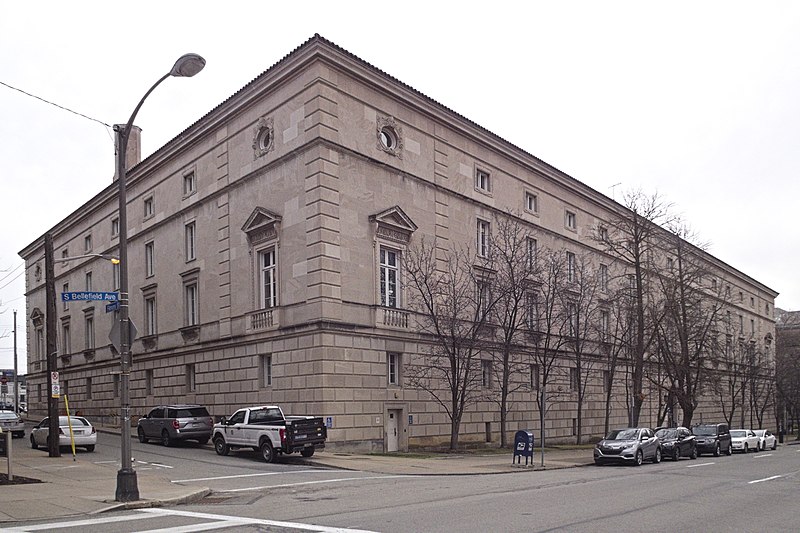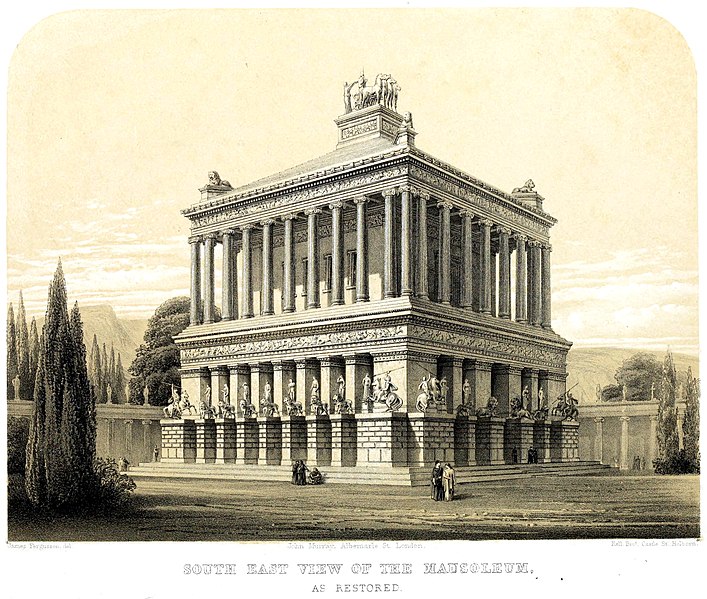John Massey Rhind, Andrew Carnegie’s favorite sculptor, decorated the Carnegie Institute building with bronzes representing the Noble Quartet—science, art, music, and literature—to which the Institute was dedicated. At street level, each member of the quartet is represented by a portrait of one of its famous representatives. Above each statue, on the roof, is an allegorical group of female figures representing the abstract ideal. We have seen the pictures of the statues before, but since old Pa Pitt just recently took pictures of the allegorical groups, he thought it might be interesting to see everything together at once.
Science

Galileo.


Art

Michelangelo.


Music

Bach.



Literature




























